Preserving the Grandeur of Chola Palace in Gangaikondacholapuram: The Role of the Archaeological Survey of India in Ariyalur District of Tamilnadu
The ruins of Chola Palace in Gangaikondacholapuram offer a glimpse into the grandeur and architectural prowess of the Chola dynasty in Tamilnadu. The palace, built in the 11th century, was once a sprawling complex that covered an area of around 4 acres. What remains today are the ruins of this once magnificent palace, which still command awe and respect from visitors.
The ruins of Chola Palace are located in the town of Gangaikondacholapuram in the Indian state of Tamil Nadu. The palace was built by Rajendra Chola I, who ruled from 1012 to 1044 AD, to showcase the power and grandeur of the Chola dynasty. The palace was the center of Chola power and was used for various purposes, including holding court, receiving foreign dignitaries, and conducting religious ceremonies.
The ruins of Chola Palace consist of several courtyards, halls, and chambers that are connected by a network of corridors and staircases. The palace was built using granite and features several intricate carvings and sculptures that depict scenes from Hindu mythology and the life of the Chola dynasty.
The main hall of the palace, known as the Durbar Hall, is a magnificent structure that features several pillars and arches. The walls of the hall are adorned with intricate carvings of gods, goddesses, and mythological creatures. The hall was used by the Chola kings to hold court and receive foreign dignitaries.
The palace also features several smaller halls and chambers that were used for various purposes. The Audience Hall, the Music Hall, and the Elephant Stable are some of the other structures that can be found within the palace complex.
The ruins of Chola Palace are a marvel of ancient architecture and engineering. The palace was built using a system of interlocking stones that allowed it to withstand earthquakes and other natural disasters. The palace also features several water tanks and channels that were used to store and distribute water.
The Chola Palace in Gangaikondacholapuram is a protected monument and is maintained by the Archaeological Survey of India (ASI), which is a government agency responsible for the preservation and protection of India's cultural heritage. The ASI is responsible for the maintenance and conservation of several ancient monuments and archaeological sites across India, including the Chola Palace.
The ASI is tasked with the responsibility of protecting and preserving the cultural heritage of India, which includes ancient monuments, temples, palaces, and other historical sites. The agency is responsible for maintaining the structural integrity of these monuments and ensuring that they are protected from natural disasters, pollution, and other threats.
The ASI conducts regular inspections and maintenance work to ensure that the Chola Palace is preserved for future generations. The agency also conducts restoration and conservation work to repair any damage to the palace caused by natural disasters or other factors.
In addition to the ASI, the local government and the community also play a role in the maintenance of the Chola Palace. The local government provides funding for the maintenance and conservation of the palace, while the community helps to promote and preserve the cultural heritage of the area.
The ruins of Chola Palace in Gangaikondacholapuram are a testament to the grandeur and architectural prowess of the Chola dynasty. The ruins offer a glimpse into the rich cultural and historical heritage of Tamil Nadu and are a must-visit destination for anyone interested in ancient history and art. A visit to the ruins of Chola Palace is an experience that is sure to leave a lasting impression on any traveler who ventures into this hidden gem of Tamil Nadu.
Related Blogpost -

 Delhi to Bhopal Road Trip - The very first day of our 14 days long trip through east coast of India || Noida to Rameshwaram
Delhi to Bhopal Road Trip - The very first day of our 14 days long trip through east coast of India || Noida to Rameshwaram
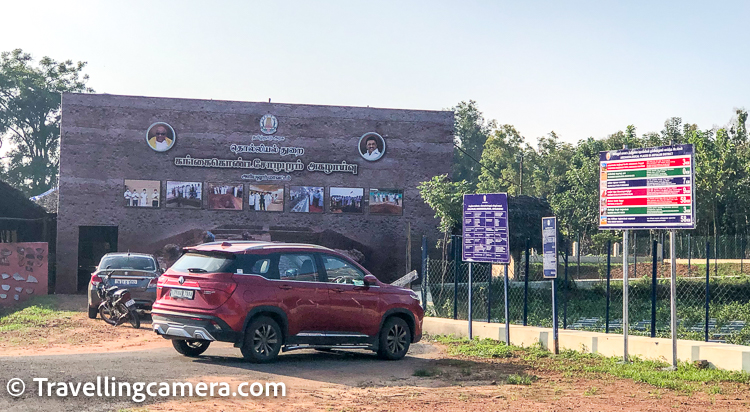
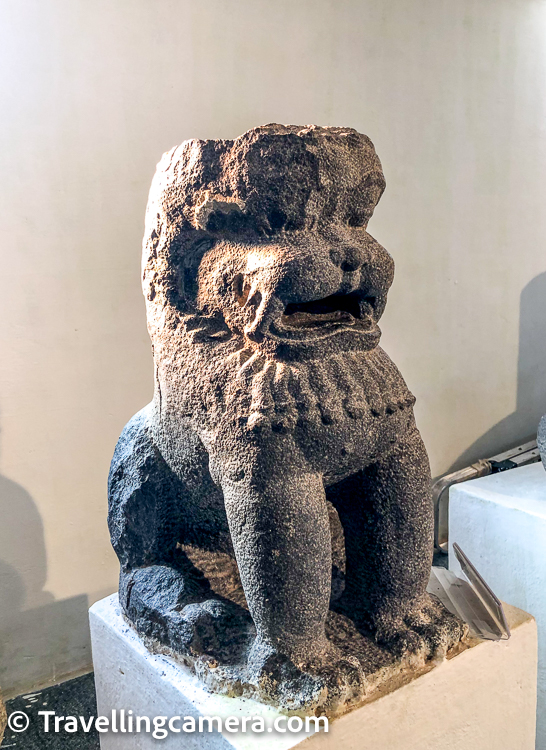


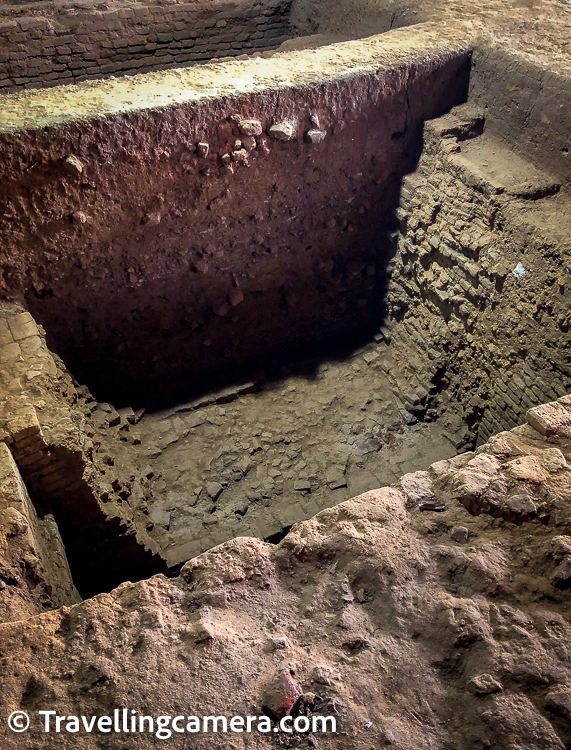




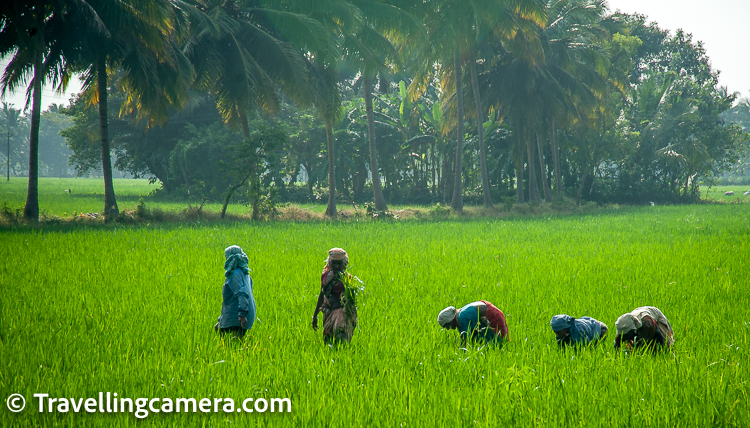

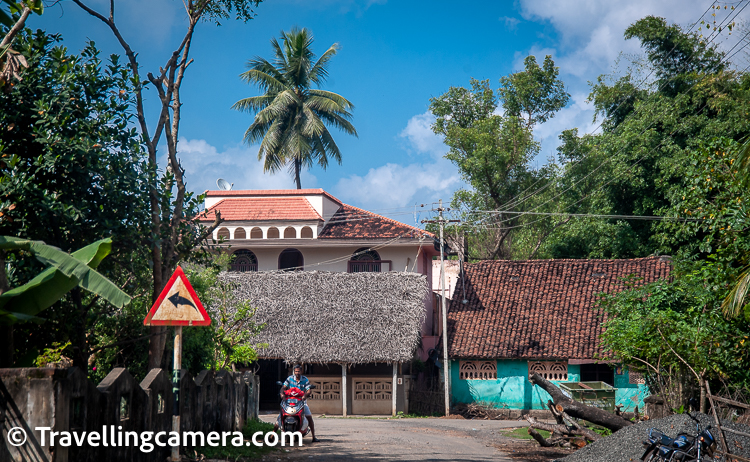
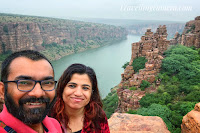

%20to%20see%20the%20Danish%20fort%20in%20Tamilnadu%20state%20of%20India-3.jpg)

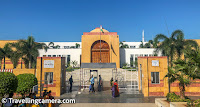
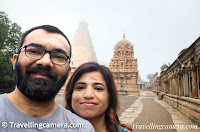



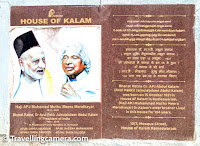



.jpg)
Comments